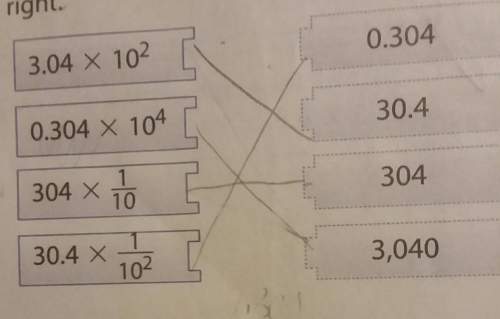
Mathematics, 28.10.2020 02:40 CHEVYWADDELL
My four-year-old son loves playing out in the garden. His favourite activity is digging up and inspecting creepy crawlies, especially snails. If he is patient enough, after the initial shock of being uprooted, they will emerge cautiously from the safety of their shells and start to glide over his little hands leaving viscid trails of mucus. Eventually, when he tires of them, he will discard them, somewhat callously, in the compost heap or on the woodpile behind the shed. Late last September, after a particularly busy session in which he had unearthed and disposed of five or six large specimens, he came to me as I was sawing up wood for the fire and asked ‘Daddy, how many snails is [sic] there in the garden?’ A deceptively simple question for which I had no good answer. It could have been 100 or it could have been 1000. To be quite honest, he would not have comprehended the difference. Nevertheless, his question piqued an interest in me. How could we figure this out together? We decided to conduct an experiment. The next weekend, on Saturday morning, we went out to collect snails. After ten minutes, we had a total of 23 of the gastropods. I took a sharpie from my back pocket and proceeded to place a subtle cross on the back of each one. Once they were all marked up, we tipped up the bucket and released the snails back into the garden. A week later we went back out for another round. This time, our ten-minute scavenge brought us just 18 snails. When we inspected them closely we found that three of them had the cross on their shells, while the other 15 were unblemished. This was all the information we needed to make the calculation. What is the total amount of snails

Answers: 1


Other questions on the subject: Mathematics

Mathematics, 21.06.2019 16:30, angeline310
Refer to the table below if needed. second quadrant third quadrant fourth quadrant sin(1800- - cos(180° -) tan(180°-e) =- tane cot(1800-0) 10 it to solo 888 sin(180° +c) = - sine cos(180° +) =- cose tan(180° +c) = tane cot(180° +o) = cote sec(180° + c) = - seco csc(180° +2) = - csce sin(360° -) =- sine cos(360° -) = cose tan(360° - e) =- tane cot(360° -) = -cote sec(360° -) = seco csc(360° -) = csco sec(180° -) = csc(180° -) = csca 1991 given that sine = 3/5 and lies in quadrant ii, find the following value. tane
Answers: 2

Mathematics, 21.06.2019 19:30, MariaIZweird7578
Combine the information in the problem and the chart using the average balance method to solve the problem.
Answers: 2

Mathematics, 21.06.2019 20:30, Gabyngreen
What is the interquartile range of this data set? 2, 5, 9, 11, 18, 30, 42, 48, 55, 73, 81
Answers: 1

Mathematics, 21.06.2019 20:30, AllanCasey12
Angles r and s are complementary. the measure of angle r is 31 degrees. which equation can be used to find angle s?
Answers: 1
You know the right answer?
My four-year-old son loves playing out in the garden. His favourite activity is digging up and inspe...
Questions in other subjects:



Biology, 19.08.2019 06:30

Mathematics, 19.08.2019 06:30

Mathematics, 19.08.2019 06:30

English, 19.08.2019 06:30


Mathematics, 19.08.2019 06:30


Mathematics, 19.08.2019 06:30




